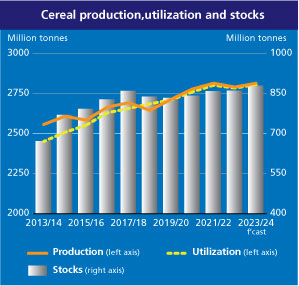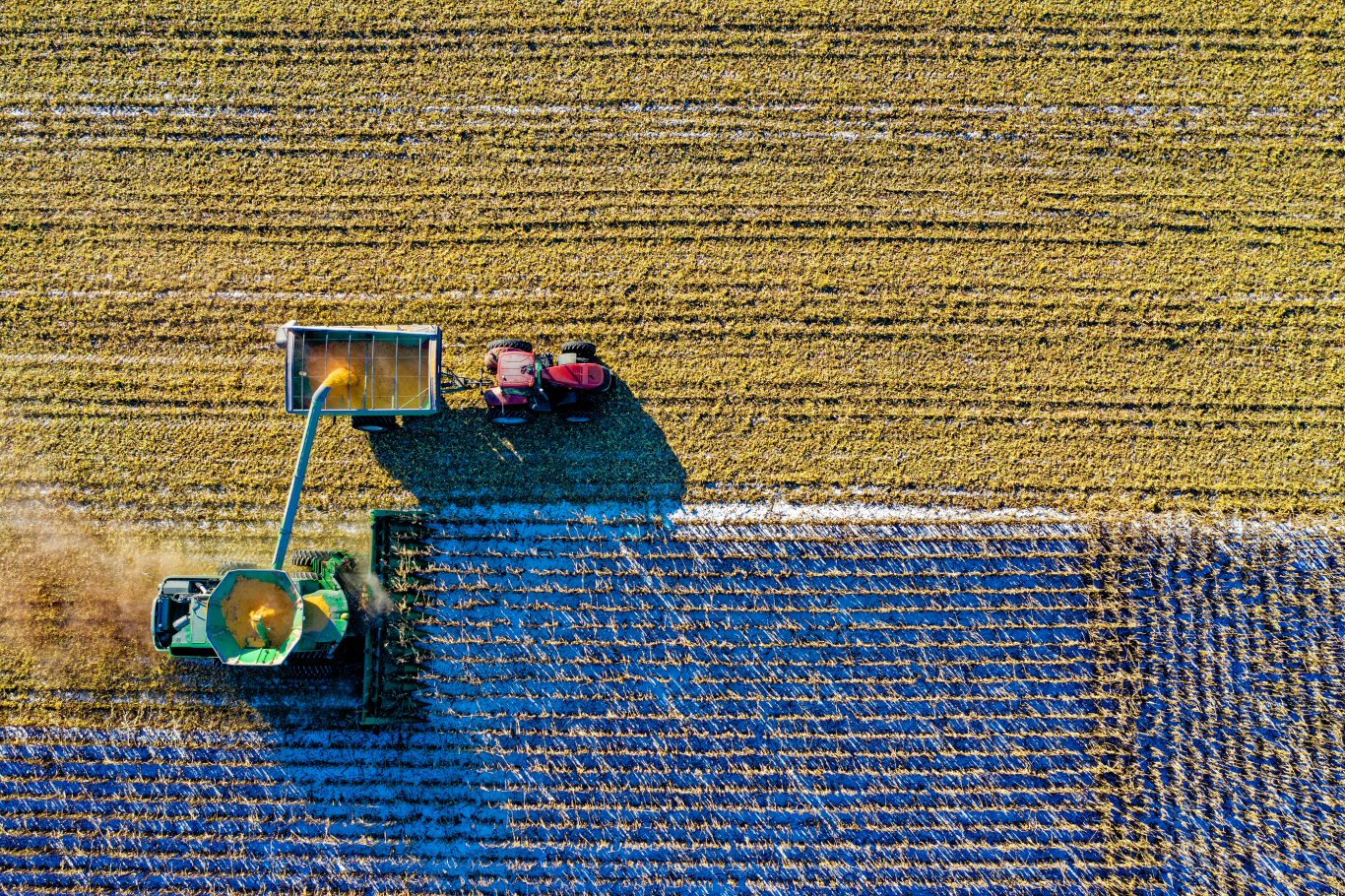Key Takeaways:
- As our planet gradually warms, global crop yields and crop yields across the planet are setting new records almost every year.
- U.S. crop yields continue to grow, setting new records nearly every year.
- Longer growing seasons, higher temperatures, and more atmospheric carbon dioxide are creating ideal crop conditions.
Short Summary:
As global climate modestly warms, U.S. and global crop yields are setting new records almost every year.1 The same is true for nearly all other nations, too. Thanks in large part to longer growing seasons, fewer frost events, more precipitation, and the fertilization effect of atmospheric carbon dioxide, farmers are producing more food on less land, allowing them to feed a growing global population.
The 2019 global crop year brought record production of staple cereal crops, such as of corn, rice, and wheat.2,3 (See Figure 1.) Further, prior to 2019, crop production records of staple cereal crops were set nearly every year during the previous decade.
Even more remarkable, since 2015, almost every important U.S. crop has set a record for yield per acre, according to the U.S. Department of Agriculture (USDA).4 For example, USDA reports the three highest records for corn yields occurred in 2017, 2018, and 2019. Further, the five highest rice yields ever recorded occurred from 2015 through 2019, and the wheat yields recorded from 2011 to 2019 are among the top 10 highest wheat yields in U.S. history.
These trends continued throughout the world in 2020. The U.N. Food and Agriculture Organization reported in December 2020 that annual global cereal production increased by 1.3 percent compared to 2019, despite production constraints caused by the COVID-19 pandemic.5
Global warming lengthens growing seasons, reduces frost events, and makes more land conducive for crop production. Global soil moisture has maintained pace or modestly improved as global temperatures have risen modestly, with greater oceanic evaporation leading to more global precipitation, especially during summer and fall crop seasons.6
Moreover, carbon dioxide greatly benefits crop production, as atmospheric carbon dioxide works as aerial fertilizer. Higher atmospheric carbon dioxide levels assist plant growth and resistance to drought and heat. It is for this reason that greenhouses often pump in elevated amounts of carbon dioxide.

References:
- U.N. Food and Agriculture Organization, “World Food Situation,” fao.org, March 12, 2020, http://www.fao.org/worldfoodsituation/csdb/en
- National Agricultural Statistics Service, Crop Production Historical Track Records, U.S. Department of Agriculture, April 2019, https://www.nass.usda.gov/Publications/Todays_Reports/reports/croptr19.pdf
- Ibid.
- National Agricultural Statistics Service, Crop Production Historical Track Records, U.S. Department of Agriculture, April 2021, https://www.nass.usda.gov/Publications/Todays_Reports/reports/croptr21.pdf
- U.N. Food and Agriculture Organization, “Crop Prospects and Food Situation,”
Quarterly Global Report, No. 4, December 2020, http://www.fao.org/3/cb2334en/CB2334EN.pdf - Justin Sheffield and Eric F. Wood, “Global Trends and Variability in Soil Moisture and Drought Characteristics, 1950–2000, from Observation-Driven Simulations of the Terrestrial Hydrologic Cycle,” Journal of Climate, February 1, 2008, pp. 432–458, https://doi.org/10.1175/2007JCLI1822.1
Climate At A Glance is a Project of The Heartland Institute
View this page in our printable booklet (PDF) here.
Email: think@heartland.org
Photo: Tom Fisk. Corn harvesting. Licensed from pexels.com.


